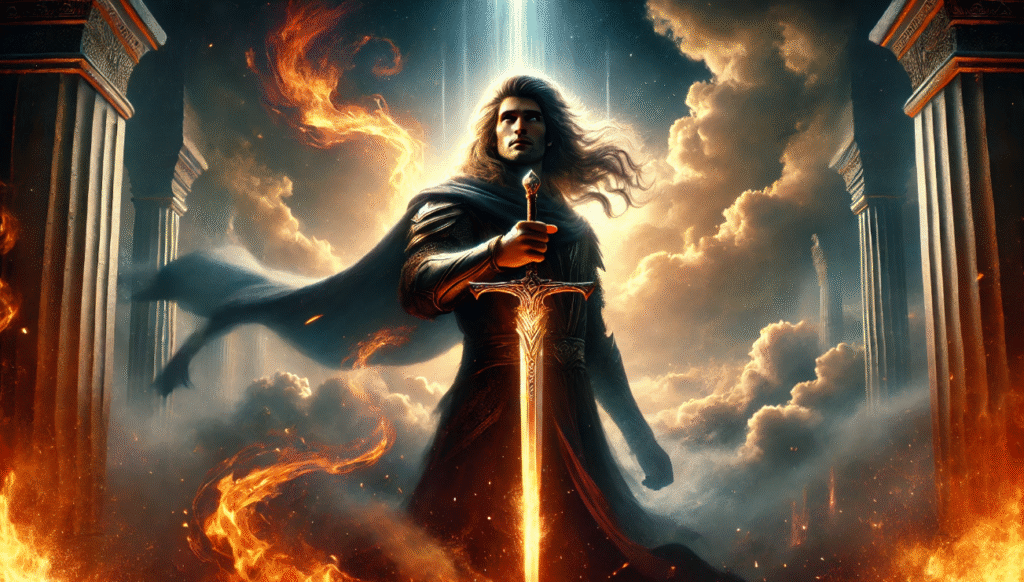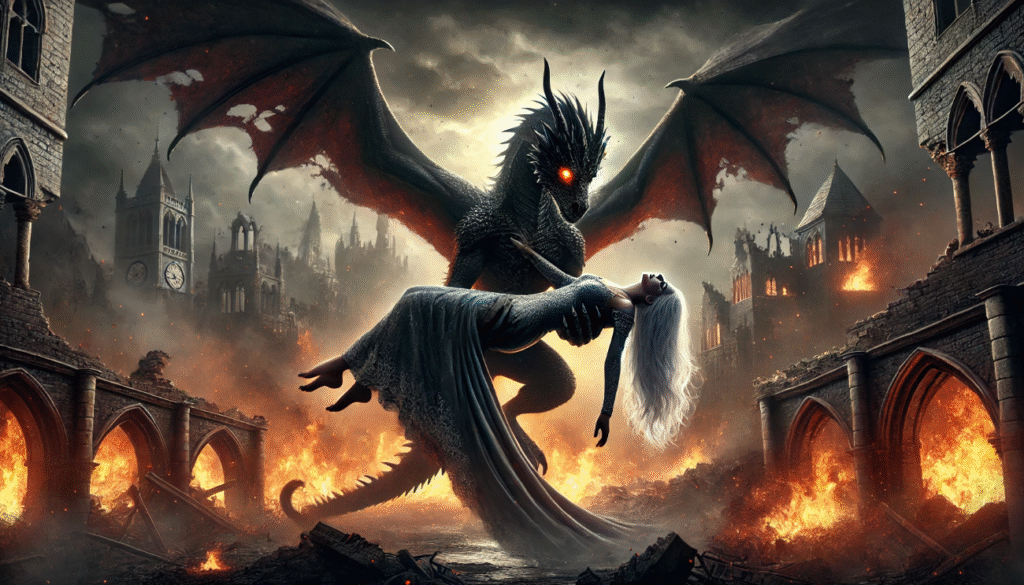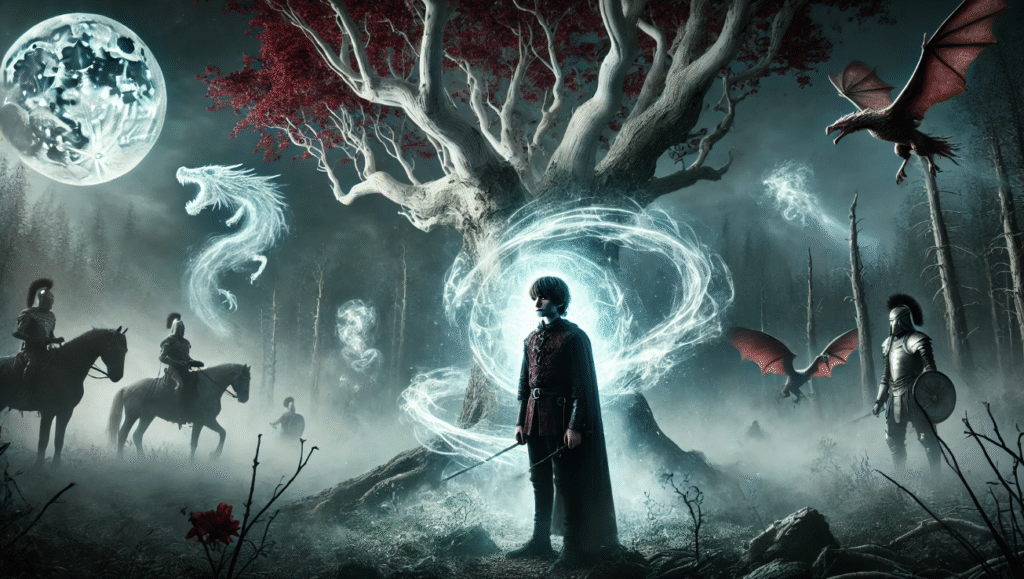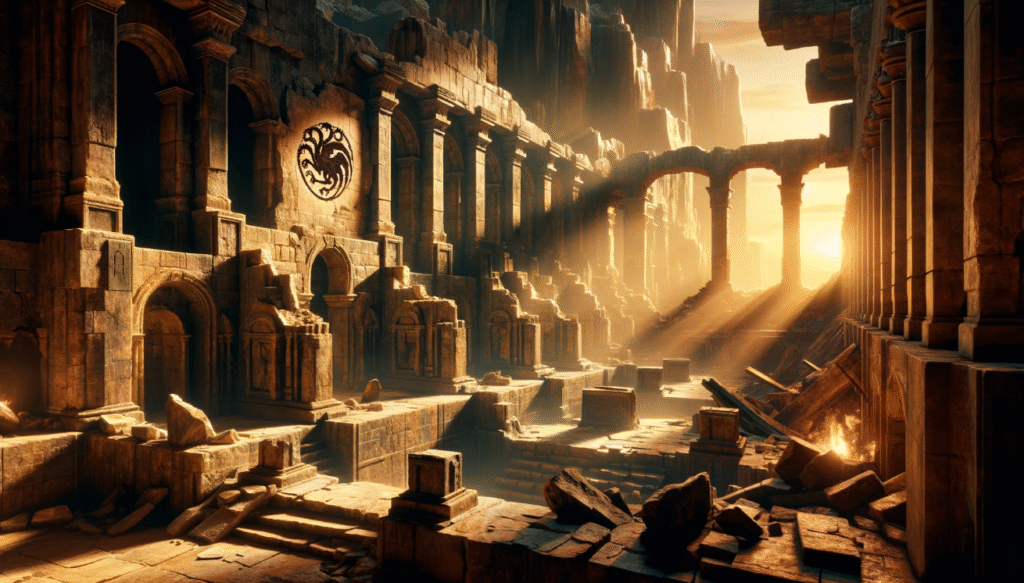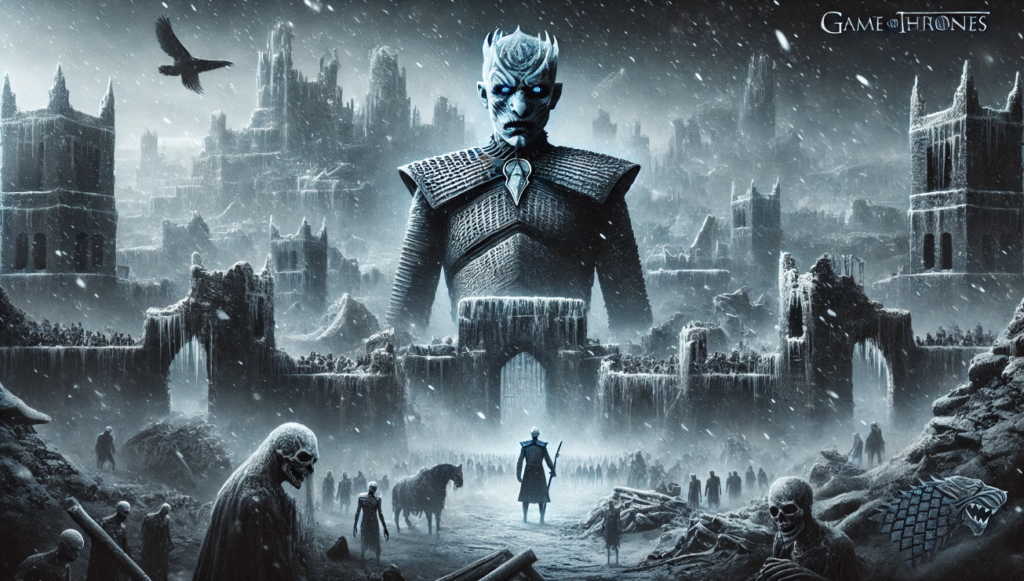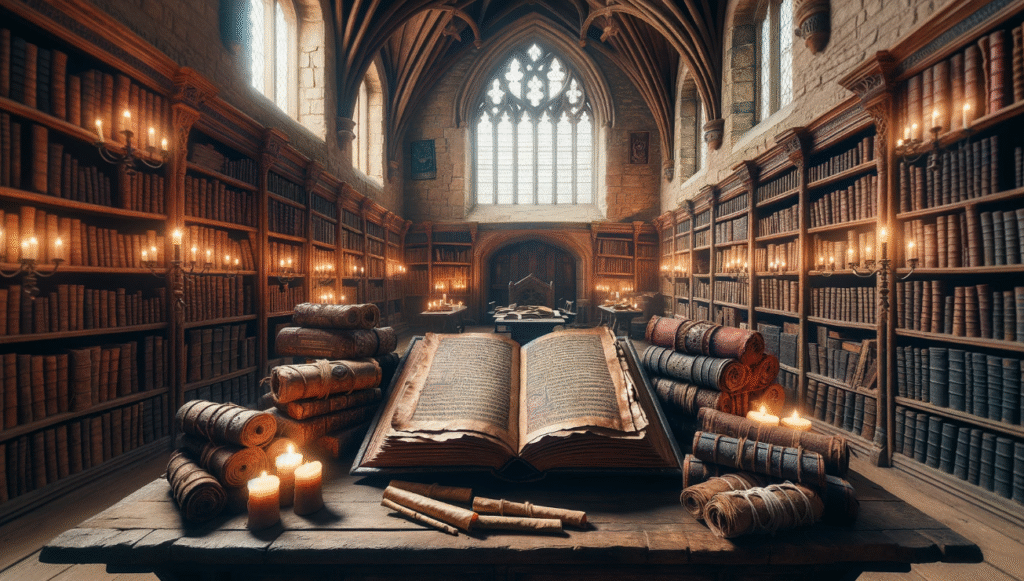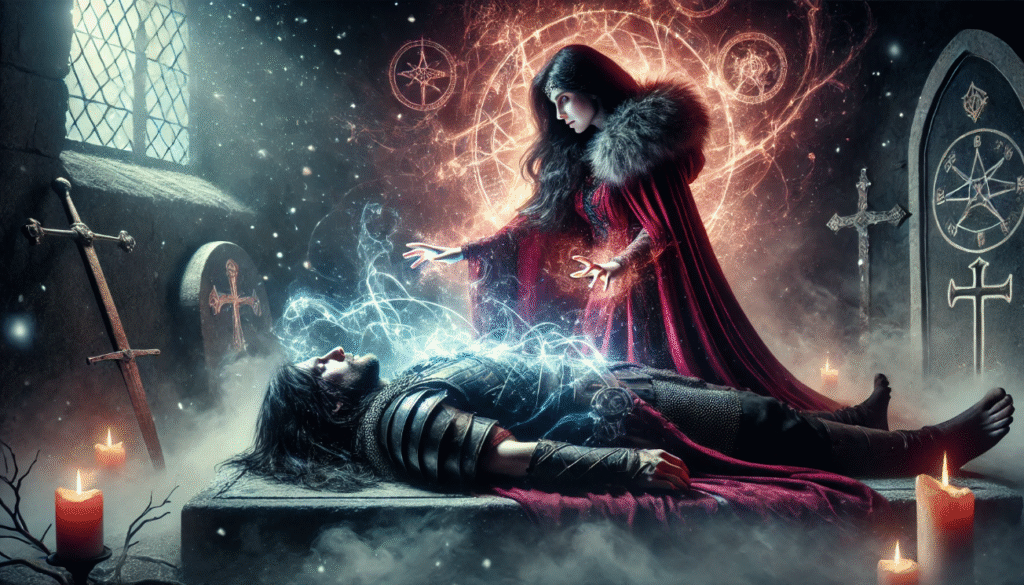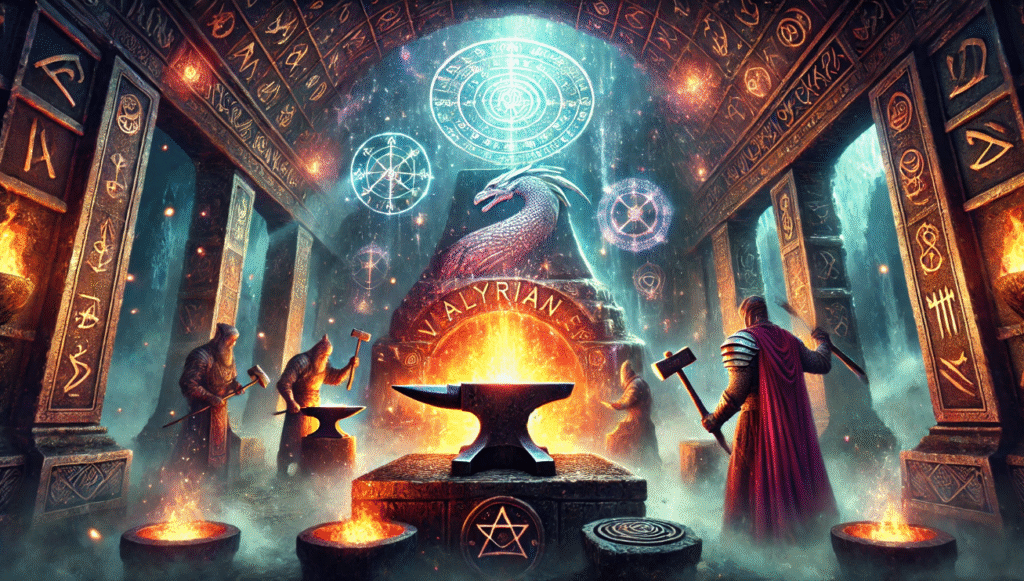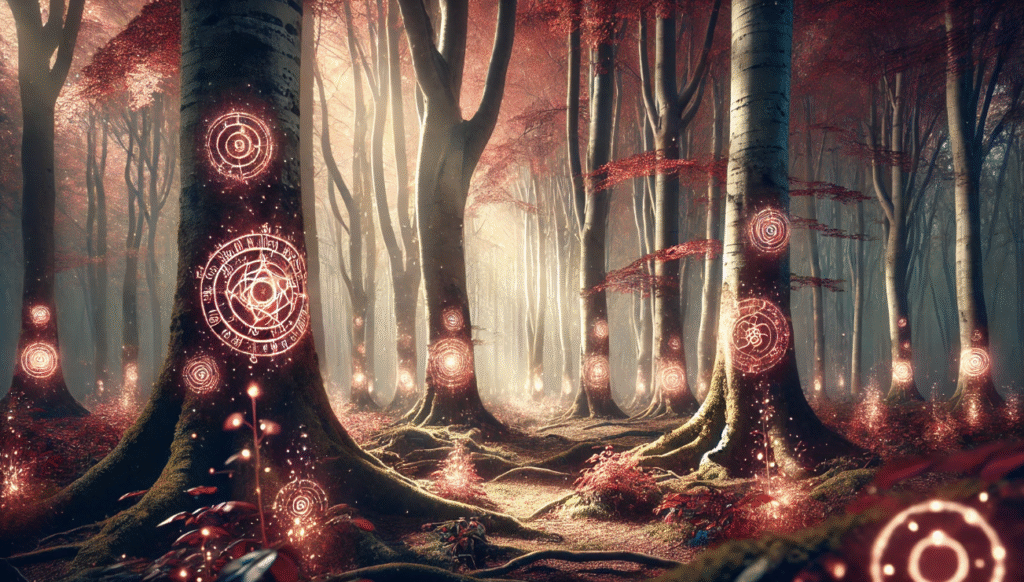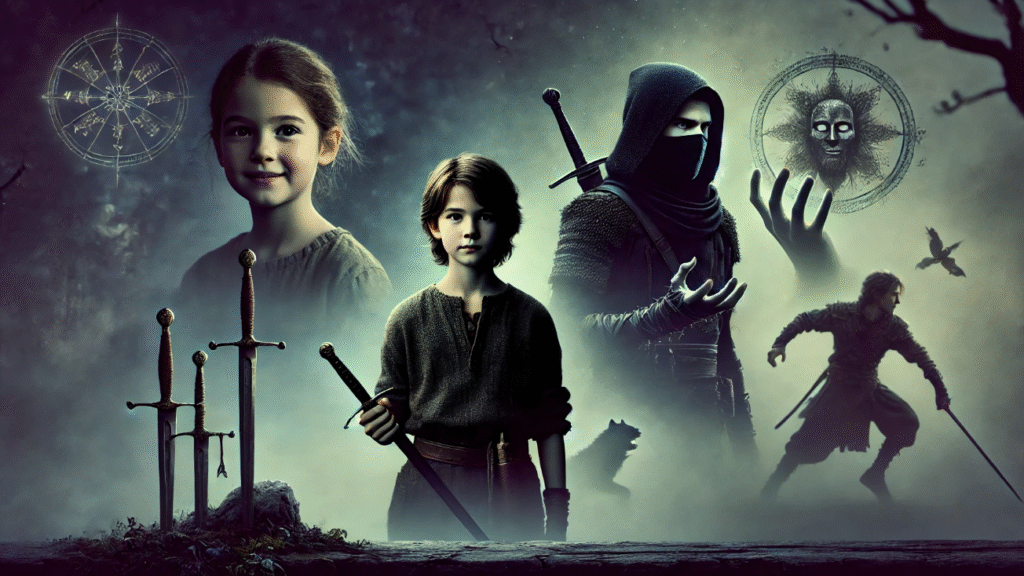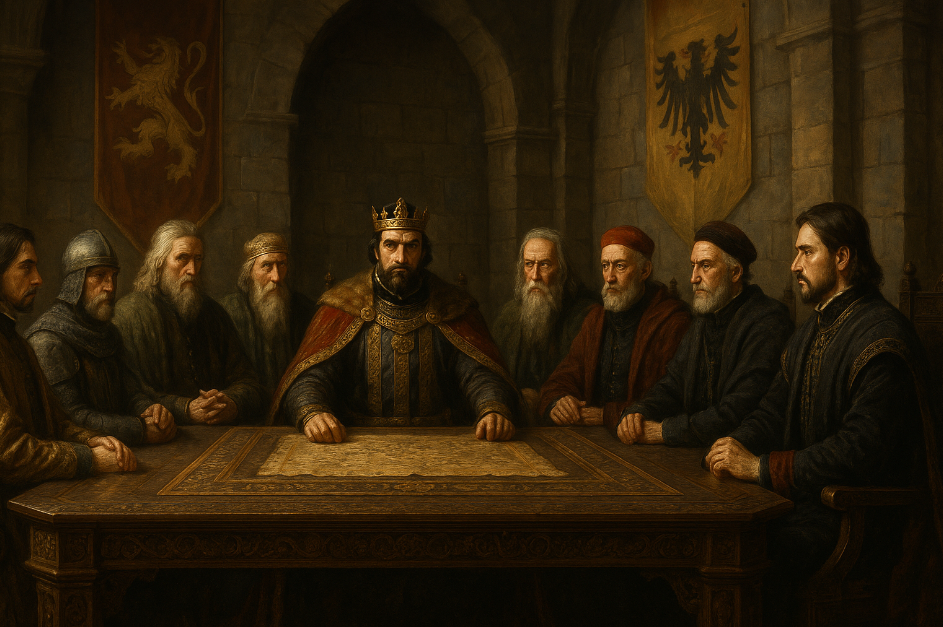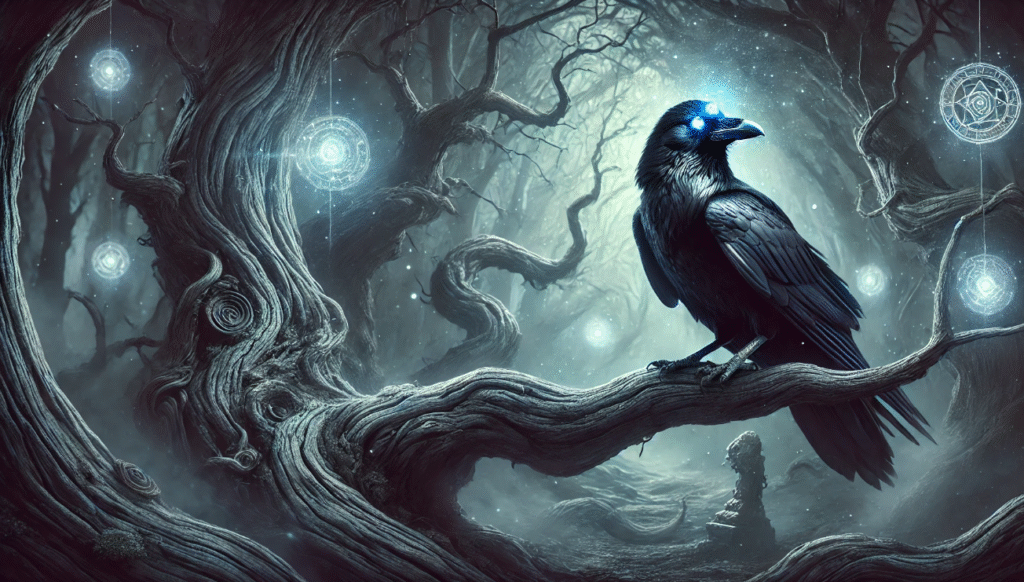
Few mysteries in Game of Thrones sparked as much speculation as the prophecy of Azor Ahai. Whispers of a legendary hero destined to defeat darkness echoed throughout the series, leaving fans to wonder: Was the prophecy of Azor Ahai fulfilled? As the final season unfolded, the clues seemed to point in multiple directions—Jon Snow, Daenerys Targaryen, and even Arya Stark all played roles that mirrored the ancient legend. But did any truly fulfill the prophecy, or was it left unresolved in the chaos of war and fire? In this article, we’ll dive deep into the meaning, evidence, and outcomes surrounding this iconic prophecy.
The Prophecy of Azor Ahai: A Deep Dive
The prophecy of the Lord of Light in the world of A Song of Ice and Fire originated from the followers of R’hllor, a religion that worships the Lord of Light as the one true god. The prophetic visions and interpretations of Melisandre, a priestess of R’hllor, have played a significant role in shaping the belief in this prophecy. The prophecy is deeply rooted in the ancient battle between light and darkness, with the Lord of Light representing the forces of good and the darkness symbolizing the forces of evil. It is believed that a chosen hero, known as Azor Ahai, will be reborn amidst salt and smoke to lead the fight against the darkness and bring about a new era of light and peace.
The key elements of the prophecy include a hero who is reborn and wields Lightbringer, a powerful sword that was forged in blood and sacrifice. This hero is destined to use the sword to bring about great change and conquer the forces of darkness. The prophecy suggests that this hero will play a crucial role in shaping the future and bringing about a new era of peace and prosperity.
The sword Lightbringer holds significant importance in the prophecy as it is said to be the weapon against the forces of darkness, particularly the Others (White Walkers). According to the legend, Lightbringer was forged by Azor Ahai, a legendary figure in the religion of R’hllor, by tempering it in the heart of his wife, Nissa Nissa. It is said that Lightbringer possesses the power to defeat the Others and bring an end to the Long Night. In the context of the story, Lightbringer is believed to be the key to defeating the White Walkers and protecting the realm from their destructive forces.

Who Could Be Azor Ahai?
Stannis Baratheon was initially believed to be the reincarnation of Azor Ahai by Melisandre, due to her visions and prophecies. Stannis attempted to fulfill the prophecy by wielding a flaming sword, which he believed to be Lightbringer, in battle. However, his ultimate fate and the fulfillment of the prophecy remain uncertain. Jon Snow is also considered a potential candidate for Azor Ahai, particularly due to his resurrection, his leadership qualities, and his connection to fire through his association with the Night’s Watch and the battles against the Others. His story also contains parallels to the Azor Ahai prophecy, leading many fans to speculate about his role in the overarching narrative.

Key Events and Actions That Might Fulfill the Prophecy
Jon Snow’s death and resurrection in the popular series Game of Thrones is indeed a pivotal moment that has sparked much discussion and analysis among fans. His return from the dead can be seen as fulfilling the prophecy of his role as the “hero of the dawn” and mirrors the concept of rebirth. This significant event has sparked many theories and interpretations about Jon Snow’s true purpose and destiny within the series. It has also sparked discussions about the significance of his actions as the “hero of the dawn” and how they may impact the ultimate outcome of the series. Overall, Jon Snow’s resurrection is a key moment in the series that has captivated and intrigued fans, leading to much speculation and anticipation for the unfolding of his character’s journey.
The climactic battle against the Night King was a pivotal moment in the Game of Thrones series, as it brought together many of the key characters in a fight against the forces of darkness. Jon Snow and Daenerys Targaryen played significant roles in the battle, with Jon leading the ground forces and Daenerys providing crucial aerial support with her dragons. This battle can be seen as the ultimate manifestation of the battle of light versus darkness in the prophecy, as the Night King and his army of White Walkers represent the embodiment of darkness and death, while Jon and Daenerys, along with their allies, symbolize the forces of light and life.
In the novel “Lightbringer and Sacrifice,” the concept of sacrifice is essential to the fulfillment of the prophecy. The main characters must make significant sacrifices in order for Lightbringer to be forged. This highlights the idea that sacrifice is necessary for achieving a greater purpose and fulfilling a prophecy. The characters’ willingness to make sacrifices for the greater good plays a crucial role in the outcome of the story. In “Daenerys and the Return of Fire,” Daenerys’s role in bringing dragons and fire back to the world is significant. Her rebirth in the flames after the death of her husband Khal Drogo can be seen as fulfilling part of the prophecy.

The Climax of the Prophecy: Was It Truly Fulfilled?
The series finale of Game of Thrones featured a collective effort rather than a single hero emerging as Azor Ahai. Throughout the show, there were multiple characters who exhibited traits that could be attributed to the legendary hero of prophecy. Ultimately, the resolution of the prophecy seemed to reflect a collective effort, with various characters playing crucial roles in the ultimate outcome. This approach added depth and complexity to the resolution of the prophecy, emphasizing the interconnectedness of the characters and their actions.
The fulfillment of the prophecy by either Jon Snow or Daenerys is a matter of interpretation. Both characters have made significant sacrifices and played crucial roles in defeating the darkness. Jon Snow has sacrificed his own life and has been instrumental in rallying the forces against the Night King. Daenerys has also made significant sacrifices and has shown her strength in battle against the White Walkers. Ultimately, the fulfillment of the prophecy is open to interpretation and can be seen as a combination of both characters’ actions and sacrifices. Both Jon Snow and Daenerys have played vital roles in the fight against darkness, and their combined efforts have led to the defeat of the Night King.

Prophecy vs. Reality: What Does It Mean for the Story?
In the series A Song of Ice and Fire and its adaptation Game of Thrones, the concept of prophecies and fate is constantly explored and deconstructed. Characters often place great importance on fulfilling or avoiding prophecies, but the narrative challenges the idea that fate is set in stone. Prophecies in the series are often vague and open to interpretation, leading characters to make decisions based on their understanding of these predictions. However, the outcomes are not always as expected, and the series regularly subverts traditional expectations of prophecy fulfillment. This challenges the notion that prophecies are meant to be fulfilled in a specific way.
In the story of Azor Ahai, the fulfillment or non-fulfillment of the prophecy reflects the theme of free will versus destiny. The prophecy suggests that Azor Ahai will save the world from darkness by forging a special sword and defeating the evil forces. However, the characters in the story have the free will to interpret and act upon the prophecy in different ways. Some may choose to believe in their destiny and actively work towards fulfilling the prophecy, while others may reject the idea of a predetermined fate and make their own choices. This struggle between free will and destiny adds a layer of complexity to the story and raises questions about the nature of fate and personal agency in the face of prophetic predictions.
It’s natural to have lingering questions about the prophecy in George R.R. Martin’s books. Many fans wonder if Martin fully intends to provide a definitive answer in the books or if the prophecy was deliberately left ambiguous. As of now, there is no clear answer to these questions, but it’s something that many readers continue to speculate about. Only time will tell if Martin will provide a definitive resolution to the prophecy in his future works.

Conclusion
In the article, we explored the mysterious and ambiguous nature of the fulfillment of the prophecy in the A Song of Ice and Fire series. Key insights included the various interpretations of who the “prince that was promised” could be, as well as the potential for multiple characters to fit the prophecy. We also discussed how the prophecy’s fulfillment may not be as straightforward as it seems, adding to the intrigue and uncertainty surrounding it. In conclusion, it’s clear that the prophecy remains open to interpretation. While some may argue that certain events in the series fulfill it, others may disagree. This ambiguity keeps the prophecy relevant and continues to shape the future of the A Song of Ice and Fire universe, both in the books and in the minds of fans.


